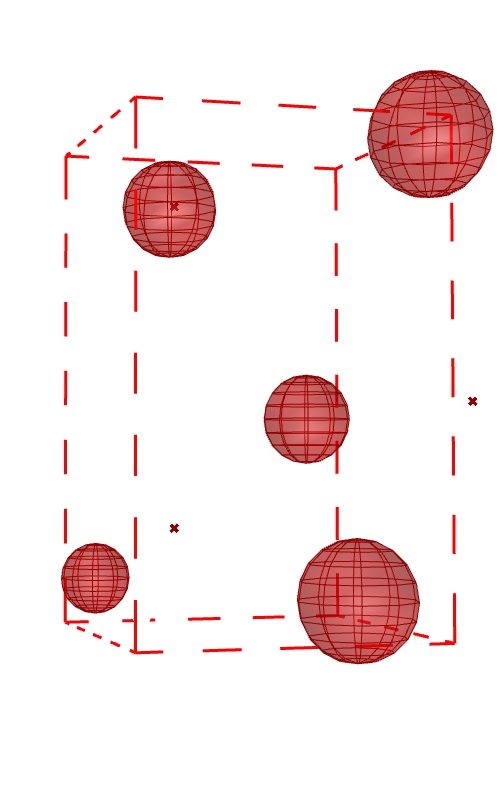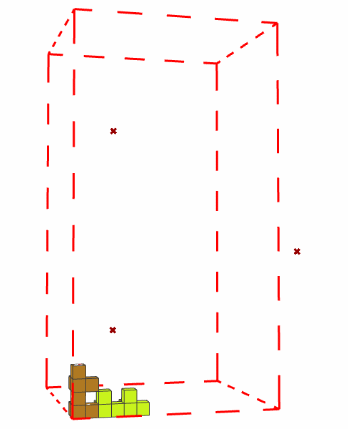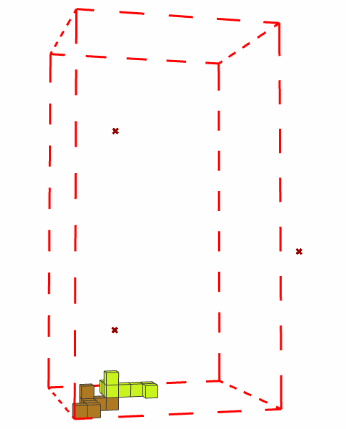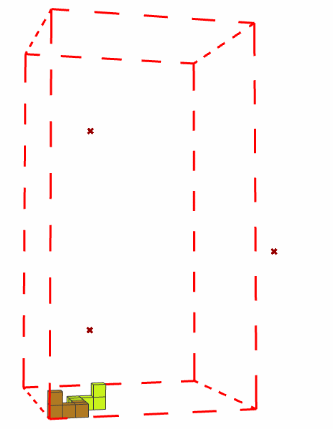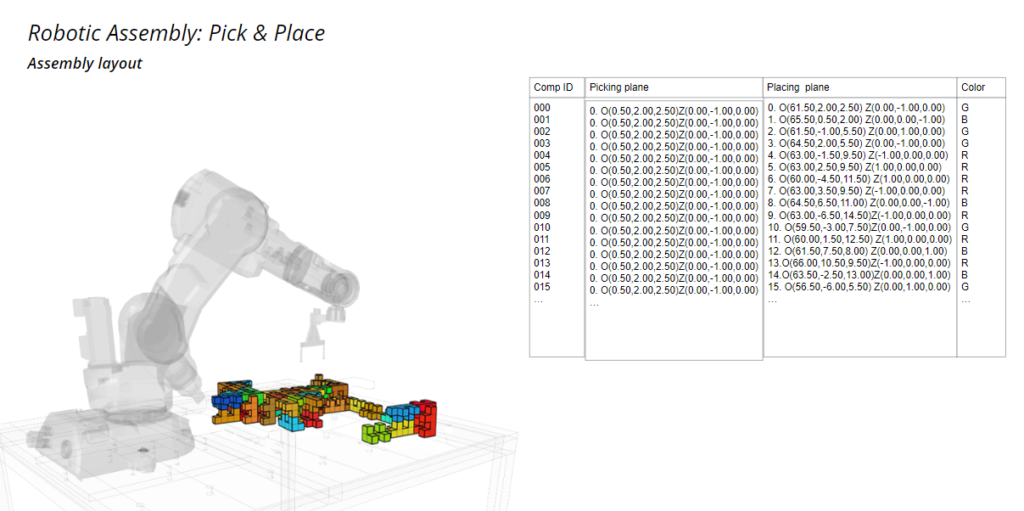The introductory software course emphasizes computational logic, focusing on the assembly and growth processes in design, navigated meticulously by grasshopper algorithms. Voxels are introduced as fundamental units, which, when combined and altered, form a complex system of geometric structures. Using plugins like Anemone which allow loops to occur we are easily able to create permutations out of single components, with variations being defined by rotation of the plane, its placement and adding more planes as variables. This knowledge and its exploration is subsequently applied in a final project, where individual parameters are utilized to craft unique and final geometrical designs.

Component Design
With the design of the voxel based components, we are able to do explorations based on how the planes on the components can be shifted around and able to do explorations on assembly permutations. In the following examples the viewer can see how the change of planes from one iteration to the next can affect the whole connection assembly.
Component Design
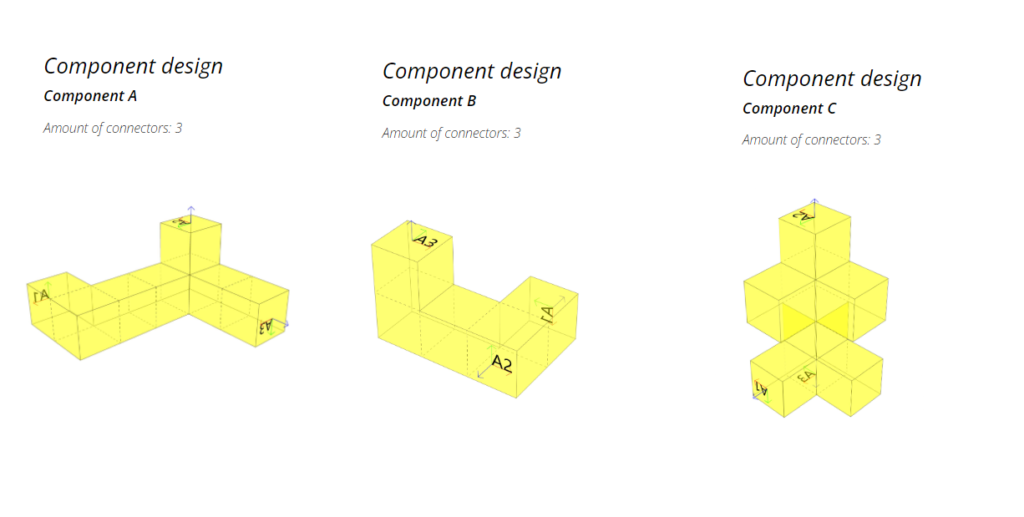
Permutation Exploration
Component A
Component A is based on 8 voxels with 3 handles. The position of voxels and handles are the base for assemble. All 9 combinations got successful results due to the position of handles and design of component. Component is well designed and intentionally placing handles at ends of the component leaves no room for collision.
Now if we try taking the original component and rotating one of its handles. For this we took handle A3 and rotated it 900 we would then further explore and compare assemblages. This leads to different results. We noticed handles having elongation towards component were packed and compacted. When the handle is flipped the result looks distributed.
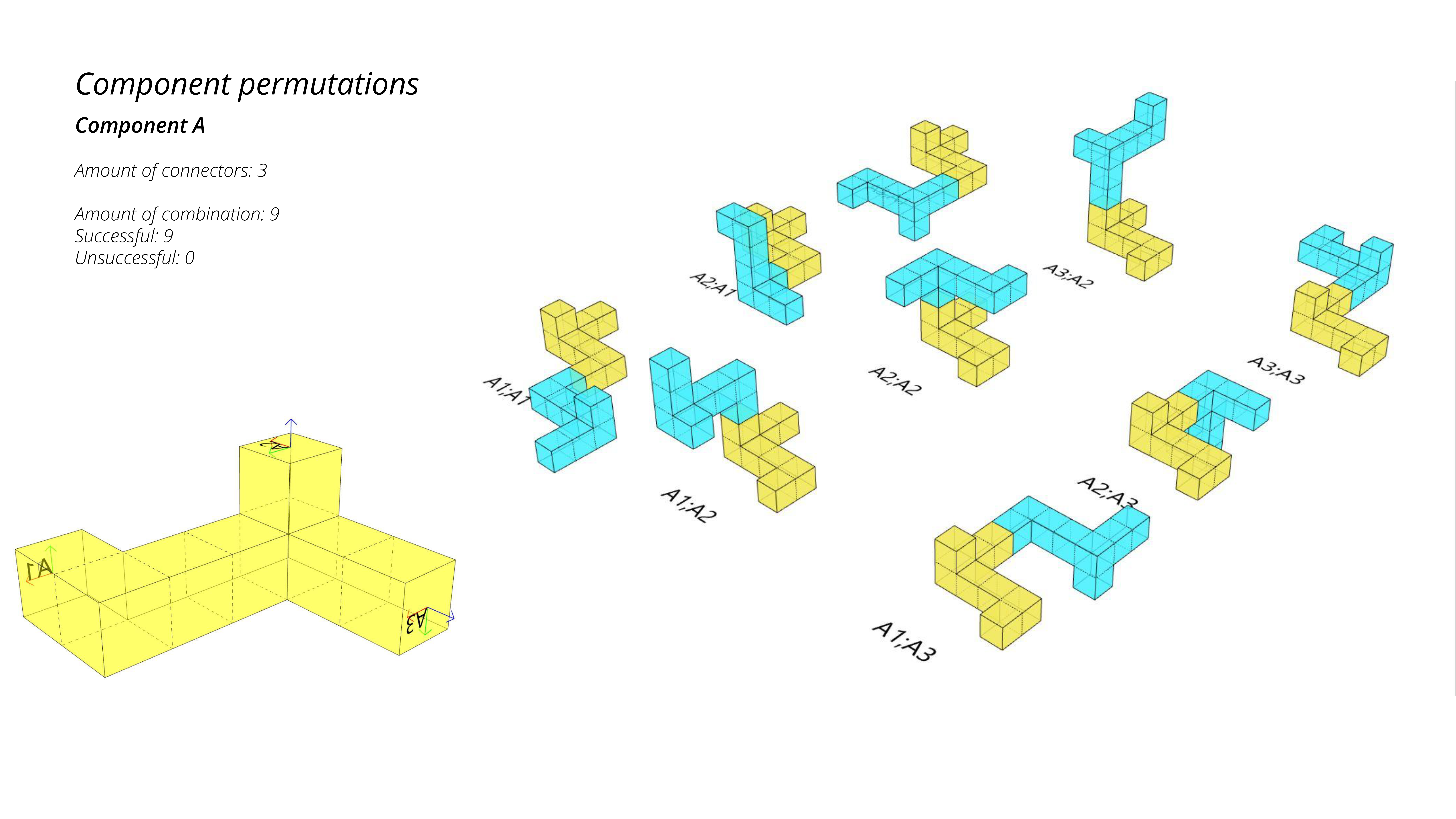
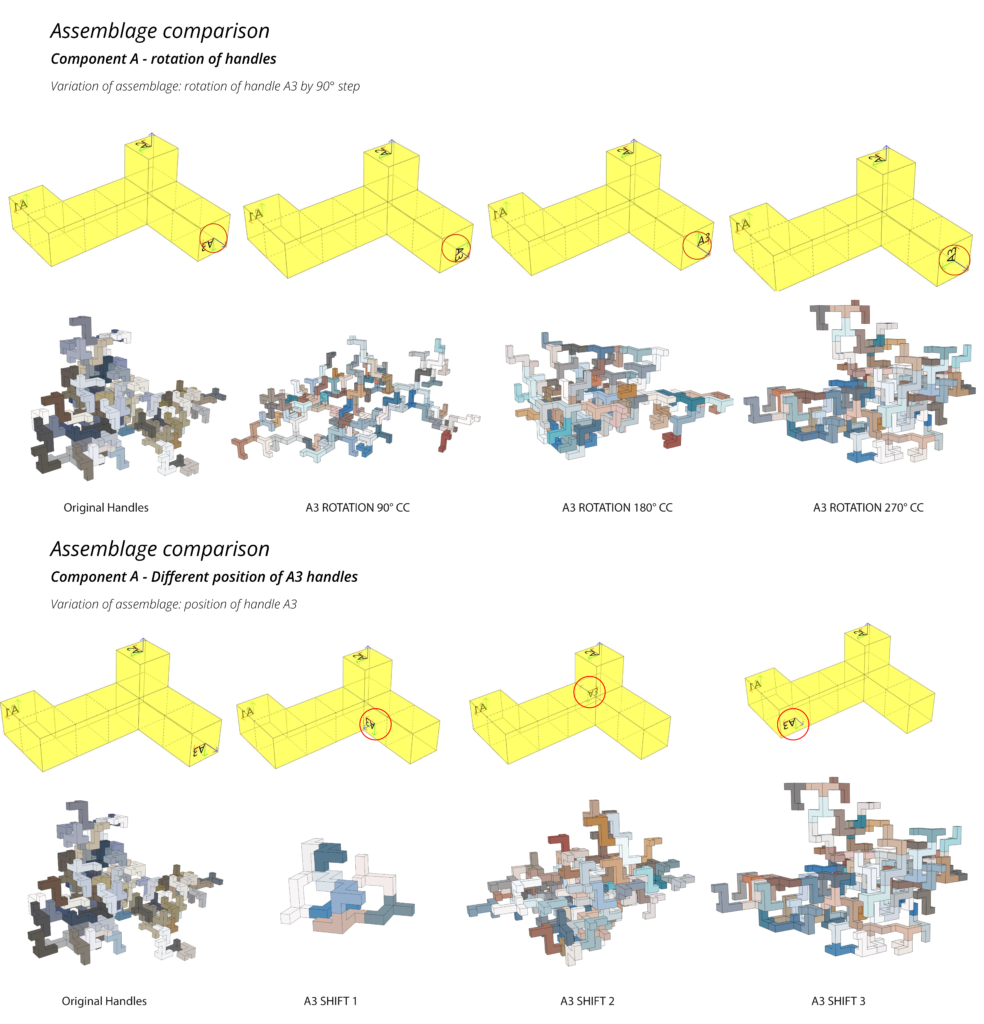
Component B
Component B is also based on 8 voxels with 3 handles. Component is designed strategically to join match and fit. Here as you observe, well all 9 combinations are successful because position of handles and design of component. Component is designed as such combinations should interlocked each other so, it looks like unified entity.
A similar process of rotation of handles like from component A also happens in Component B.


Component C
Component C is also based on 8 voxels with an initial 3 handles. The component came to be on geometrical exploration of coral and its limbs.
A similar process of rotation of handles like from component A and component B also takes place here. In its future explorations, handles were added rather than just rotated, ending with complexity of 4 handles and 6 handles.
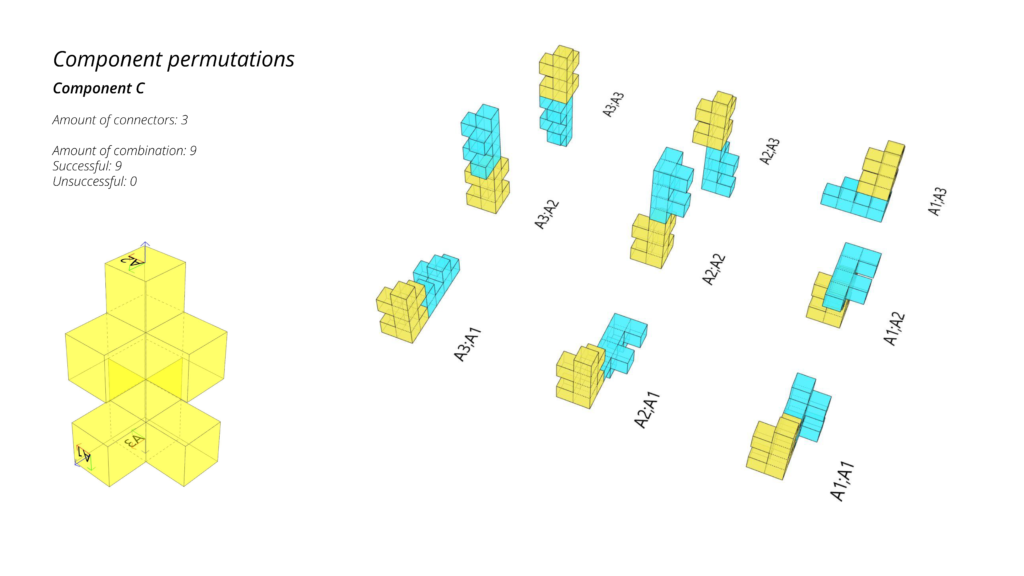
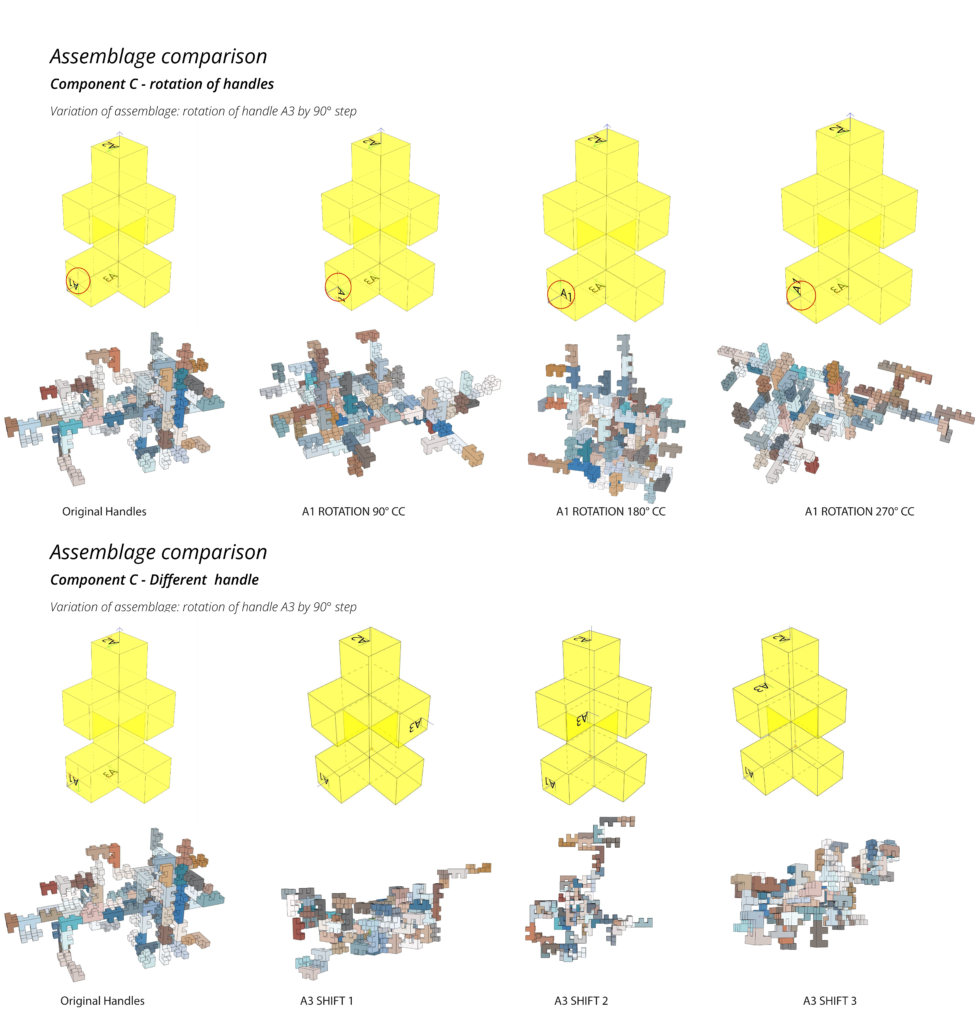
Form Replacement
In a further exploration within the components design, we wanted to explore the idea of using coral limbs as connection joints.
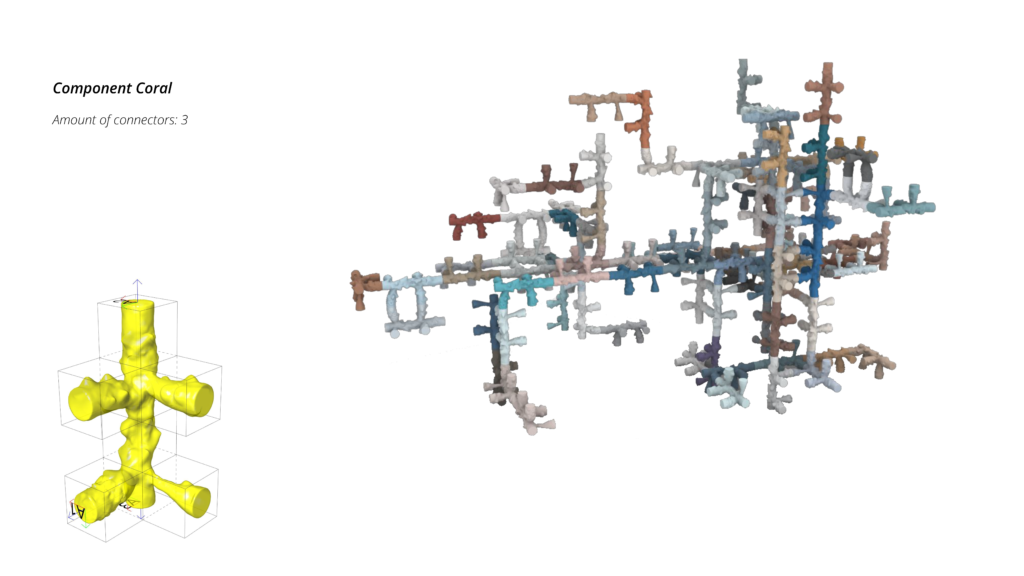

Filtering Process
Following the permutation exploration process, we identified key components and filtering selections we wanted to include in the script. Filters such as keeping the growth above the XY Plane (Z>0), volume limit, attractor points, obstacle avoidance, compactness, and a limit on growth per attractor point through a domain.


Component A Growth Permutation
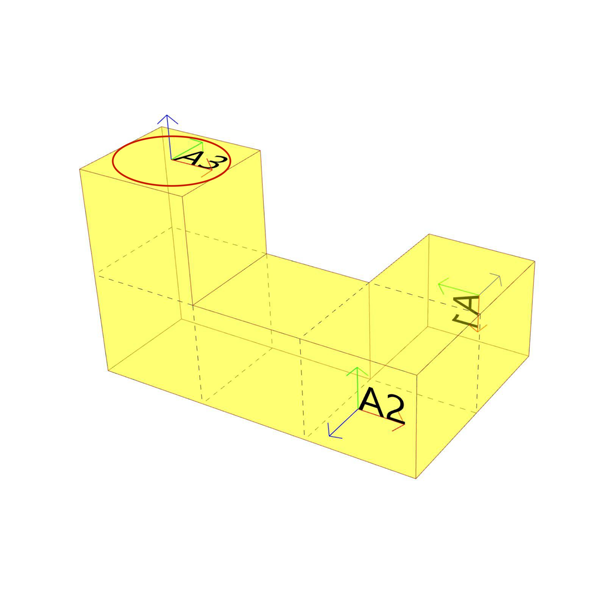
Original Component Handles
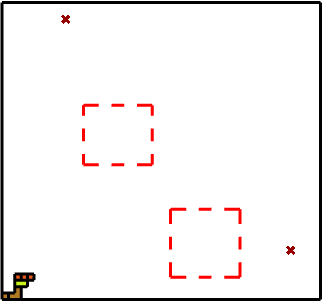

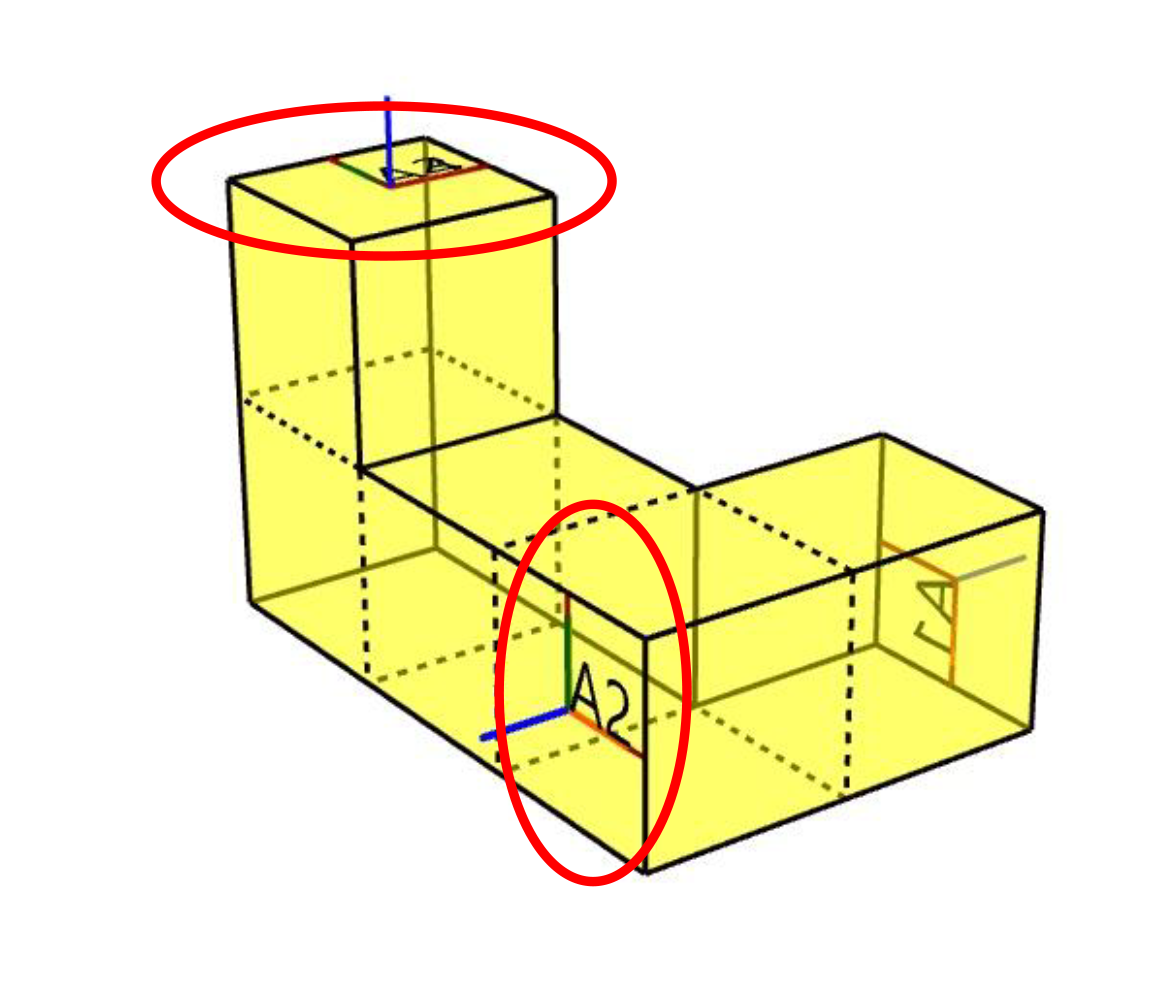
Rotation of Handle A3
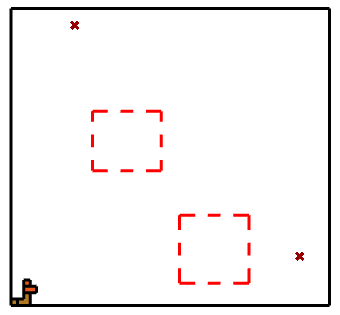
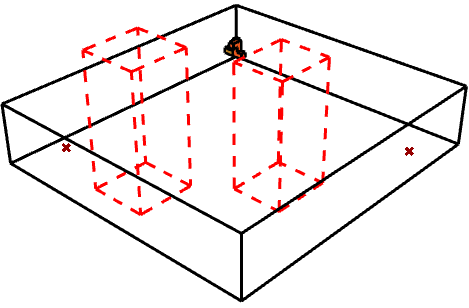
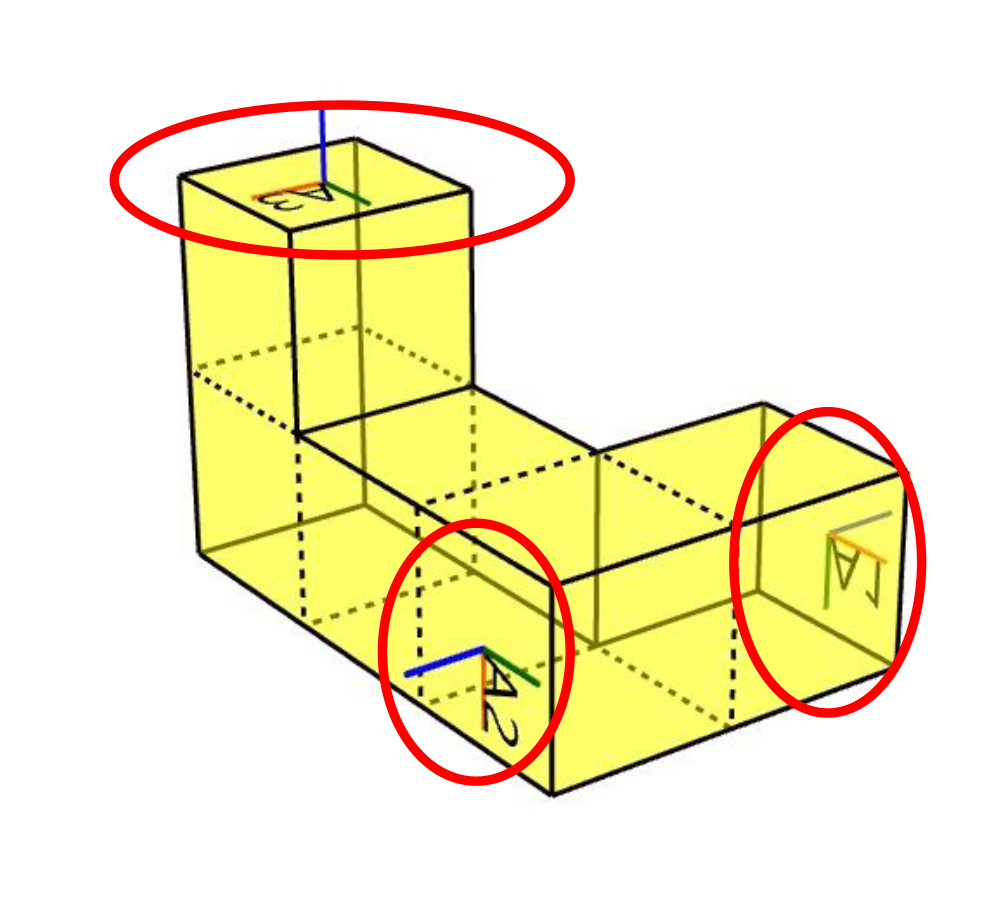
Rotation of all Handles


Component B Growth Permutations
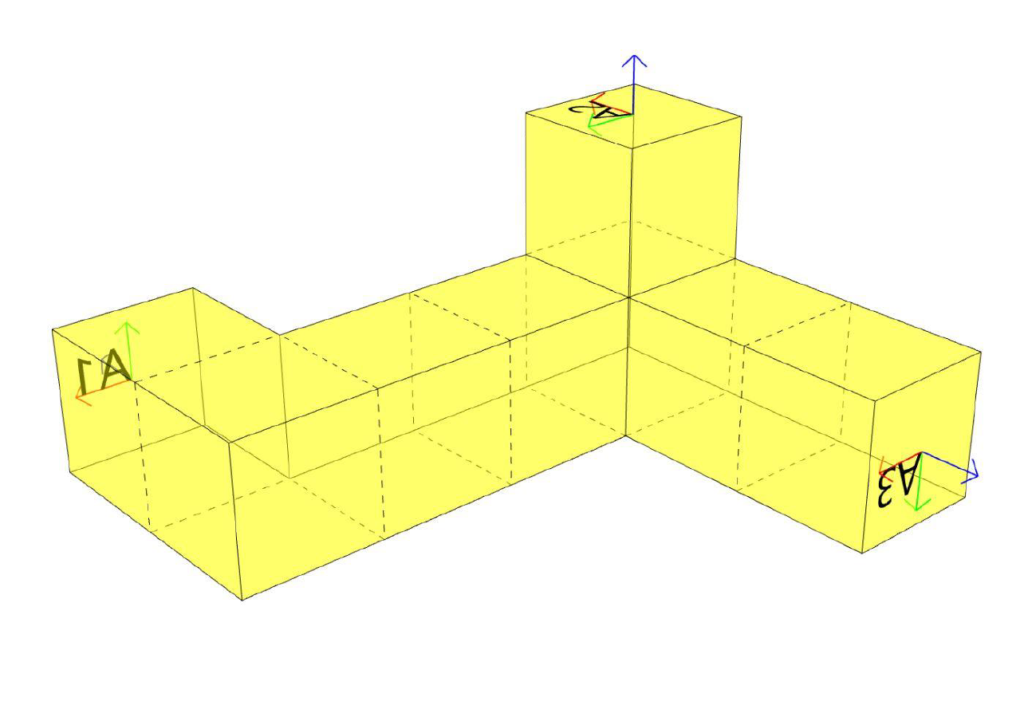
A3 Rotation Exploration


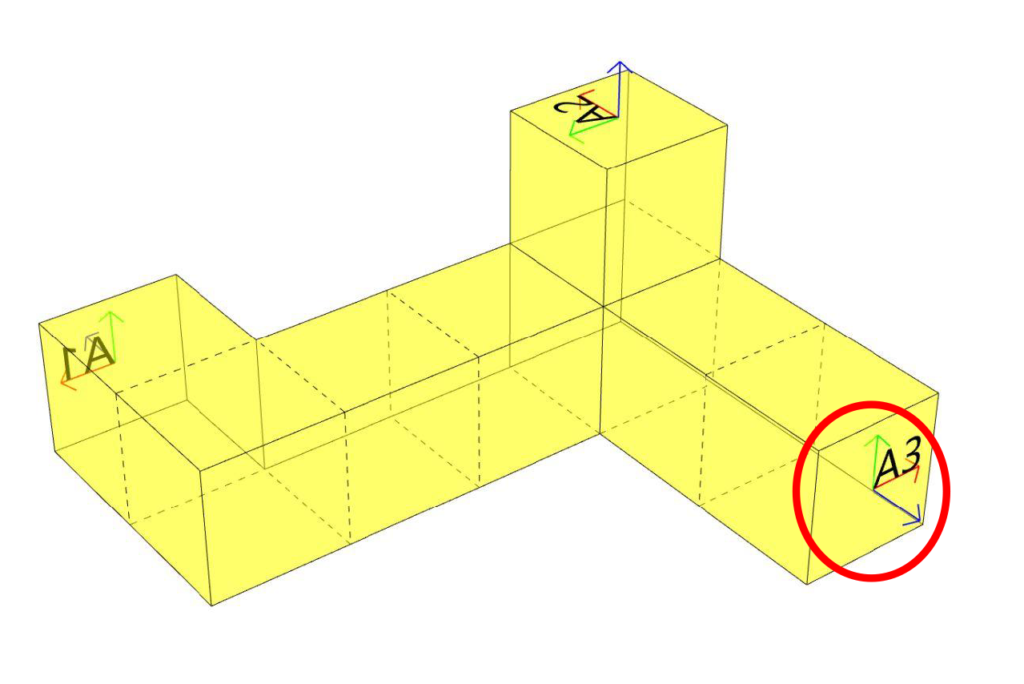
Rotation of A3 900 CCW

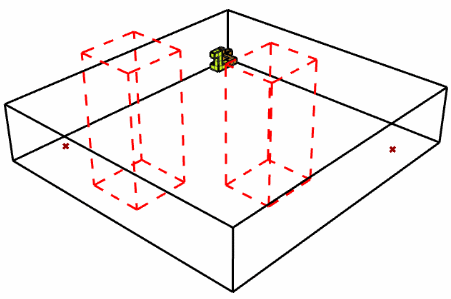
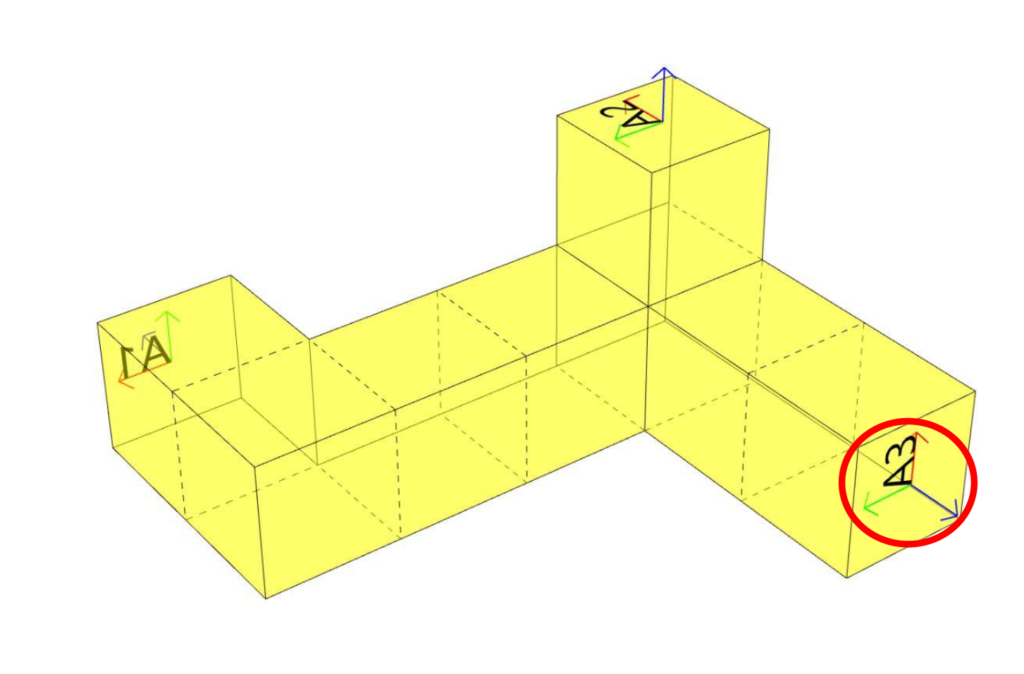
Rotation of A3 1800 CCW
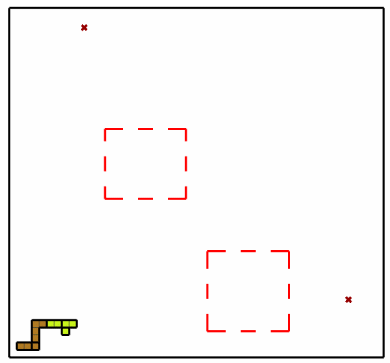
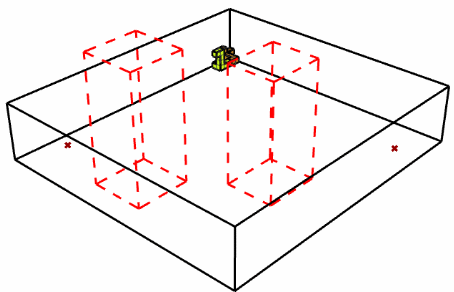
Component C Growth Permutations
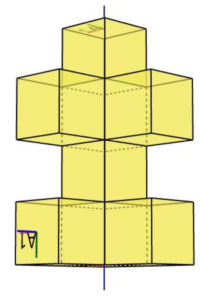
3 Handles
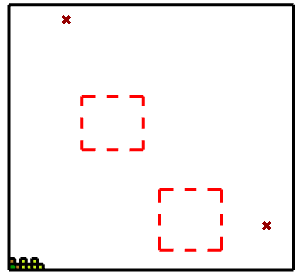
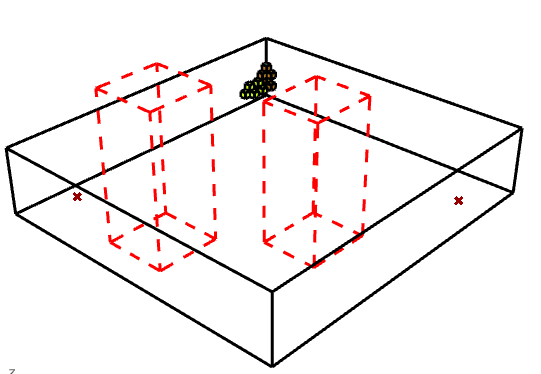
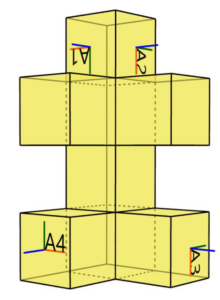
4 Handles


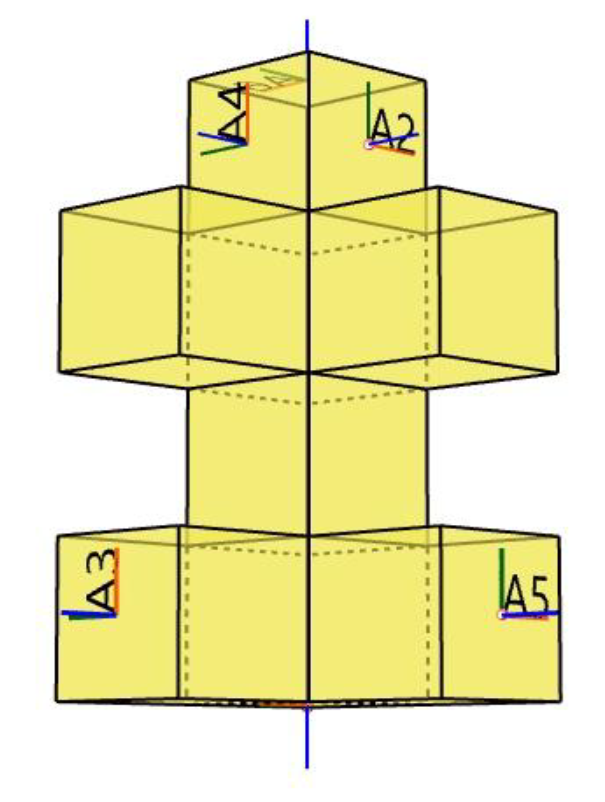
6 Handles
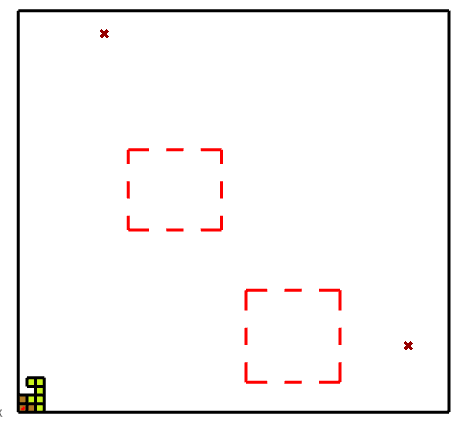
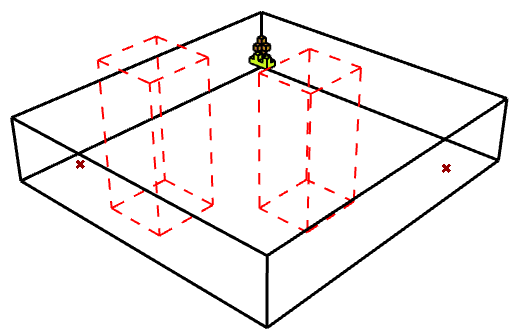
Final Exploration
The final exploration became an idea of trying to create form with voids that could potentially be scaled up and turn into an architectural installation, with several of the pieces growing alongside the limits of the box thus creating walls, scaffolding, stair like objects, etc.
